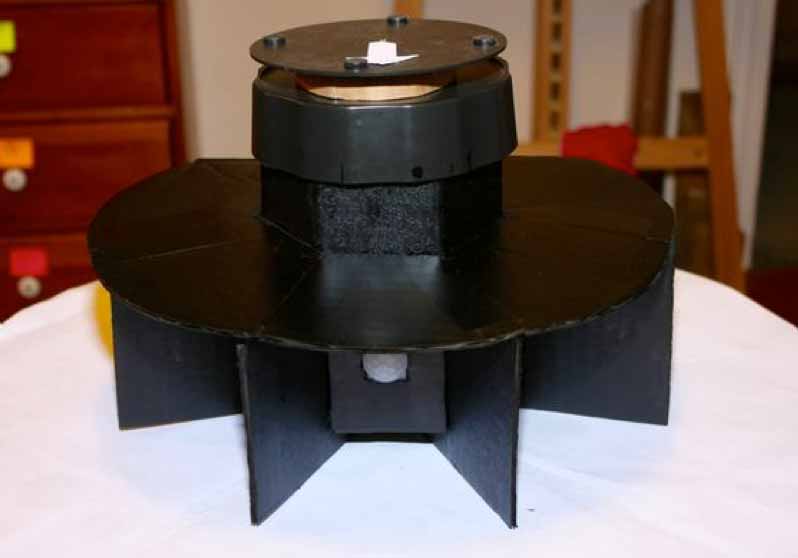


I understand the differences in file size and wholeheartedly agree that JPEG is smaller, particularly for humans. It might bump up the file size some and maybe this is better resolved with better CRC or other data reception confirmation but Is there an image format that is compressible but also doesn’t rely on data being received fully intact and sequential? You can’t recreate a fully compressed image with lossy data but I was thinking more of another method of resolving transmitting data when it is not perfectly received? Similar to image data sent from very long range telescopes and such? This feels like a solved problem but I can’t think of any specific examples.ĭoes PNG depend on data being received sequentially? Is there a “torrent like” image format that fills in image data as it is received and is more resilient to being lossy? Posted in Arduino Hacks Tagged arduino, camera, JPEG, jpeg decoding Post navigation The Arduino might not be your first choice for an image processing platform, but clearly, you can do some things with it. We’ve seen the Arduino handle a single pixel at a time. At 115,200 baud, says it takes about a minute to move a raw picture from the Arduino to a PC. Sending the uncompressed image data might be good for error resilience, but it isn’t good for impatient people. It isn’t hard to imagine using the data to detect a specific color, find edges in the image, detect motion, and other simple tasks. The library was meant for displaying images on a screen, but then again it doesn’t really know what you are doing with the results.
ARDUINO CAMERA IMAGE PROCESSING CODE
The code uses a library that returns 16-bit RGB images. You can make it out, but the effect of just a few bytes in one spot is far-reaching, as you can see. You can see the before (left) and after (right) picture below. Just to test that theory, we took one of illustrations, saved it as a JPEG and corrupted just a few bytes in a single spot in it.
ARDUINO CAMERA IMAGE PROCESSING TV
But sending raw image data means that lost or wrong data will just cause visual artifacts (think snow on an old TV screen) and your brain is pretty good at interpreting lossy images like that. Because JPEG is compressed in a lossy way, losing some part of a JPEG will likely render it useless. The use case mentioned in the post is sending image data across a potentially lossy communication channel. The camera code is straightforward and saves the image to the SD card. There is also an SD card for auxiliary storage. The Mega is key, because–as you might expect–you need plenty of memory to deal with photos. We aren’t sure about use case, but we can think of lots of reasons you might want to know what is hiding inside a compressed JPEG from the camera. Using a camera and an Arduino Mega, was able to decode input from an Arduino-connected camera into raw image data. When you think of image processing, you probably don’t think of the Arduino.


 0 kommentar(er)
0 kommentar(er)
